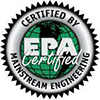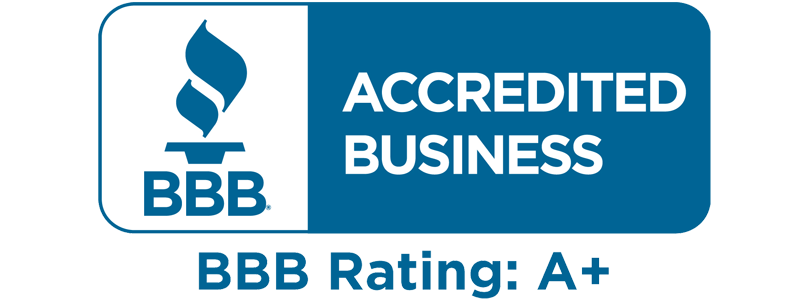Two innovative technologies have made significant strides in efficiency and customization: Variable Refrigerant Flow (VRF) and Variable Air Volume (VAV). Both systems offer unique benefits tailored to different needs and applications. Knowing these traits from today’s post from HVAC air conditioner repair technicians from Dittmer Air Conditioning & heating can help you choose the best system for your property.

Understanding Variable Refrigerant Flow (VRF)
VRF systems, also known as VRV (Variable Refrigerant Volume), are renowned for their energy efficiency and precise temperature control. These systems use refrigerant as their cooling and heating medium, which is circulated within the system to various indoor units. They operate on the fundamental principle that the amount of refrigerant flowing to each indoor unit can be individually controlled, enabling personalized temperature settings across different zones or rooms.
Advantages of VRF Systems:
- Energy Efficiency: VRF systems adjust the refrigerant flow based on demand, significantly reducing energy use.
- Precise Temperature Control: They offer exceptional control over the temperature in individual zones, enhancing comfort.
- Design Flexibility: VRF systems can be designed to fit various building layouts, such as for restaurant refrigeration, making them suitable for both new constructions and retrofits in Cocoa, FL.
Exploring Variable Air Volume (VAV)
On the other hand, VAV systems regulate the temperature of a space by varying the flow of air while maintaining a constant air temperature. These systems are distinguished by their use of air as the medium for heating and cooling, with the volume of air delivered to each zone being adjustable to meet the specific temperature requirements.
Advantages of VAV Systems:
- Cost-Effectiveness: Generally, VAV systems have lower initial installation costs compared to VRF systems.
- Flexibility: They are capable of serving large and diverse areas efficiently.
- Energy Savings on Large Scales: In larger installations like multi-story office buildings, VAV systems can offer significant energy savings.
VRF vs. VAV: Factors to Consider
When deciding between VRF and VAV systems for your Cocoa, FL, property, it’s essential to consider several factors, including:
- Installation Environment: VRF systems are ideal for buildings with multiple small spaces, like hotels or office buildings, where individual temperature control is desired. In contrast, VAV systems are better suited for larger, open-plan spaces.
- Energy Efficiency: VRF systems generally offer better energy efficiency due to their ability to precisely control the amount of refrigerant used. However, VAV systems can be more energy-efficient in scenarios where large volumes of air need to be moved or conditioned.
- Cost Implications: The initial cost for VRF systems might be higher due to their complex installation and the technology used. However, their operational costs can be lower over time due to their higher energy efficiency. VAV systems typically have a lower upfront cost but may not provide the same level of efficiency in certain applications.
Choosing between VRF and VAV systems depends on the specific needs of your space. VRF systems offer unmatched precision in temperature control and are energy-efficient, making them ideal for structures with varied and specific climate control needs across different zones. VAV systems, conversely, offer simplicity and cost savings, suitable for larger, more open spaces requiring uniform temperature distribution.
If you need to install either VRF or VAV systems or indoor air quality testing, you can always count on us at Dittmer Air and Heat. Call us at (321) 637-0170 or fill out this contact form to get an estimate.










